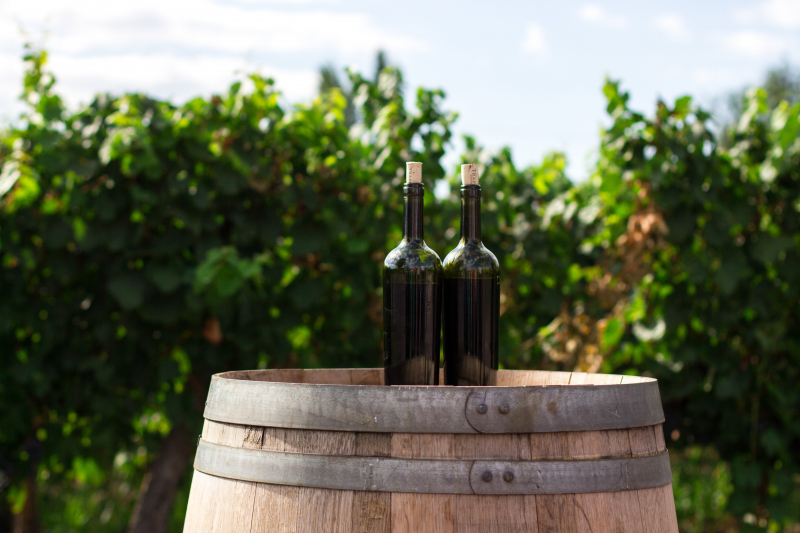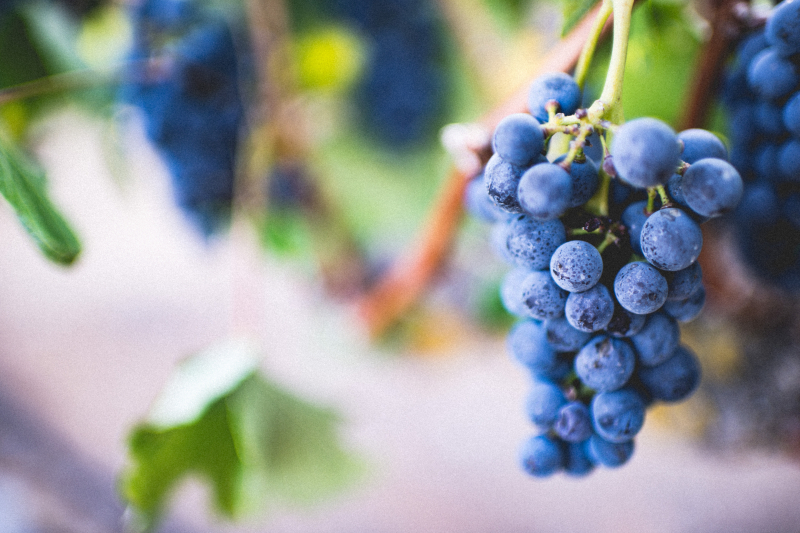Alentejo
The Alentejo wine area, located between the Algarve and Lisboa regions, encompasses more than 30% of Portugal and is the biggest in the country. It is noteworthy not just in size, but also in wine production and the ongoing legacy of Talha's millenary wines. The region is divided into eight subregions, each with a multitude of delectable foods, fine wine, and sensory-pleasing tourism experiences. Alentejo has something for everyone, from vineyards that reach to the horizon to mountain ranges and beaches.
The Alentejo wine area was first recognized across Portugal for its cork production. This began to change in the 1980s, when the European Union offered funds to Alentejo wine cooperatives in order for them to create high-quality wines. The assistance of EU financing resulted in a winemaking renaissance in Alentejo, bringing innovations to an area with millenary wine traditions. As a result, by 2020, the wine area will produce the majority of the country's premium Portuguese wines.
The Alentejo wine region's sunny villages protect the old art of Talha winemaking. Talha Wine is a living tradition that dates back over 2000 years. This unique custom has been passed down from generation to generation, and Talha wines are still made in clay Amphoras, just as they were in Ancient Roman times. While Georgia is known for its ancient winemaking and amphora wines, Portugal is the only country with an appellation dedicated just to amphora wines. Vinho de Talha complements white Alentejo wines with natural scents, minerality, and a rich golden color with an orange tint. Red Alentejo wines have a deep purple hue with powerful scents of red and black fruit.
White wines from the Alentejo region have a strong structure and are full-bodied. These wines have a very fragrant character. White wines from the Alentejo wine area have notes of oranges, lime, lemongrass, lemon, rose, basil, and tangerine. These Alentejo wines are notable for their mild acidity. The Alentejo wine area is known for its white, rosé, and red wines. The red wines produced in the Alentejo wine area are generally prepared by combining a variety of varietals. They can be described as full-bodied, color-rich wines with just the right amount of acidity. The tannin and alcohol levels in Alentejo red wines are perfectly balanced.
Location: Portugal
















